Your Kalanchoe Doesn’t Have to Die: A Real-Life Guide to Reblooming & More
I’ve been around the block with succulents, from running massive commercial greenhouses to helping my neighbors figure out why their houseplants look so sad. And let me tell you, the Kalanchoe gets a raw deal. It’s that bright, cheerful plant you see everywhere, sold as a cheap gift that’s basically designed to be tossed out after the flowers fade. But that’s a huge waste.
In this article
- First, Let’s Get to Know This Plant
- The Foundation: Get This Right and You’re Golden
- Level Up: Feeding, Repotting, and Pruning
- The Fun Stuff: Getting Blooms and Making More Plants
- Troubleshooting: When Things Go Wrong
- Heads Up! A Critical Warning for Pet Owners
- A Plant That Deserves a Second Chance
- Galerie d’inspiration
Honestly, with a little know-how, this tough little character can be a vibrant, reliable friend all year long. This isn’t about a rigid set of rules. It’s about getting inside the plant’s head, understanding what it wants, and giving it what it needs to really show off. We’re going to cover the pro-level stuff—pruning that actually works, forcing new blooms on command, and making new plants for free. Let’s turn that temporary flowerpot into a permanent part of your home.
First, Let’s Get to Know This Plant
Before we even think about pruning or watering, we need to understand what makes a Kalanchoe tick. Once you get the ‘why,’ the ‘how’ becomes so much easier. The big secret? It’s a succulent. That one word tells you almost everything about its survival plan.
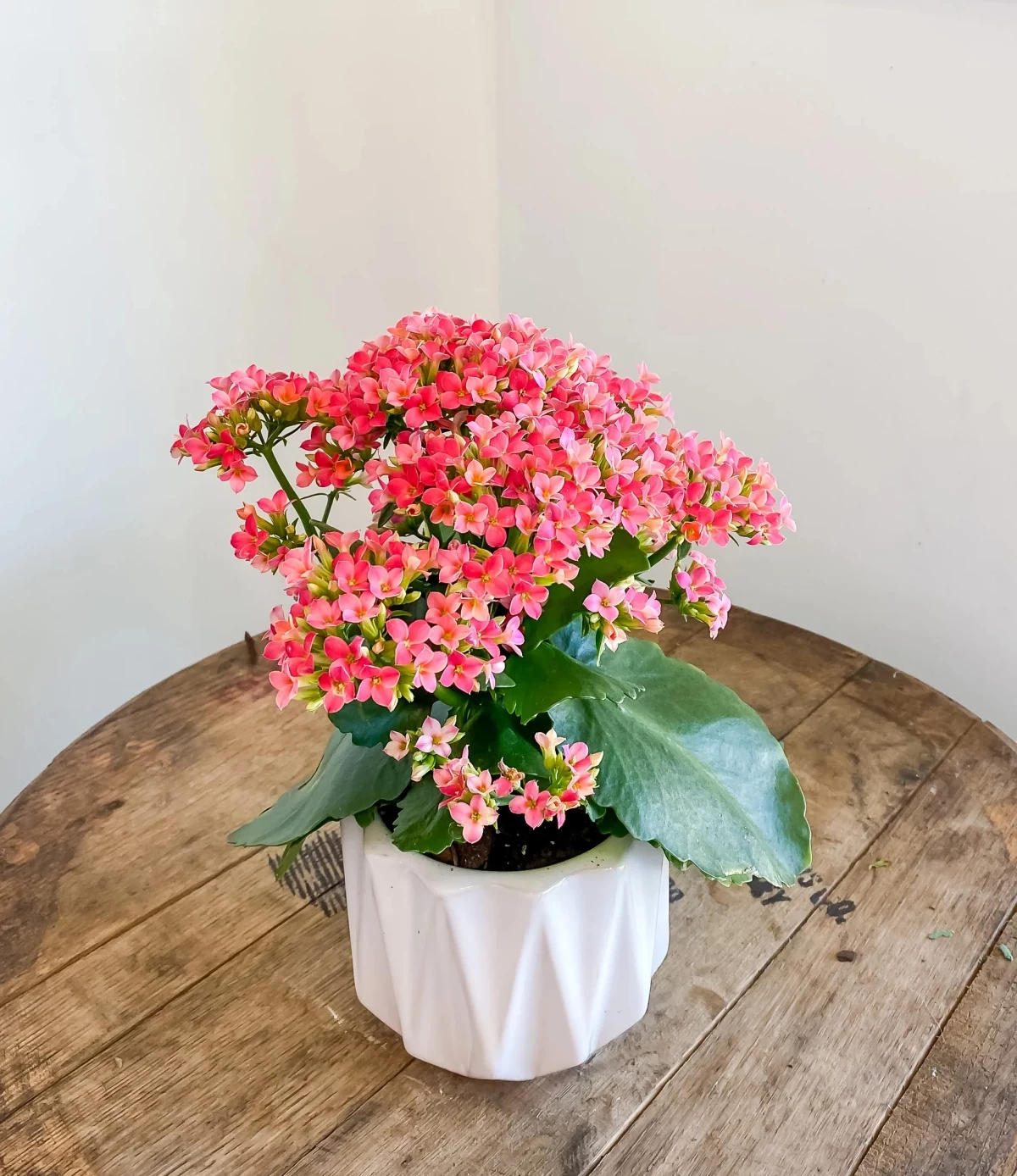
The Plant’s Clever Breathing Trick
So, most plants open up pores on their leaves during the day to breathe in carbon dioxide. The downside is that they lose a ton of water, especially when it’s hot. Kalanchoes have a brilliant workaround for this. It’s a special kind of photosynthesis that flips the script.
Here’s the simple version:
- At Night: When it’s cool and moisture is in the air, the Kalanchoe opens its pores. It gulps in all the CO2 it needs for the next day and stores it as a type of acid. Super efficient.
- During the Day: The pores stay slammed shut to conserve every last drop of water. It then uses sunlight to process the acid it stored overnight.
This is the key. It tells you the plant is built to handle dry spells. Its thick, waxy leaves are basically little water tanks. That’s why overwatering is the absolute number one killer of Kalanchoes. When we give it too much to drink, we’re literally fighting its entire evolutionary strategy.
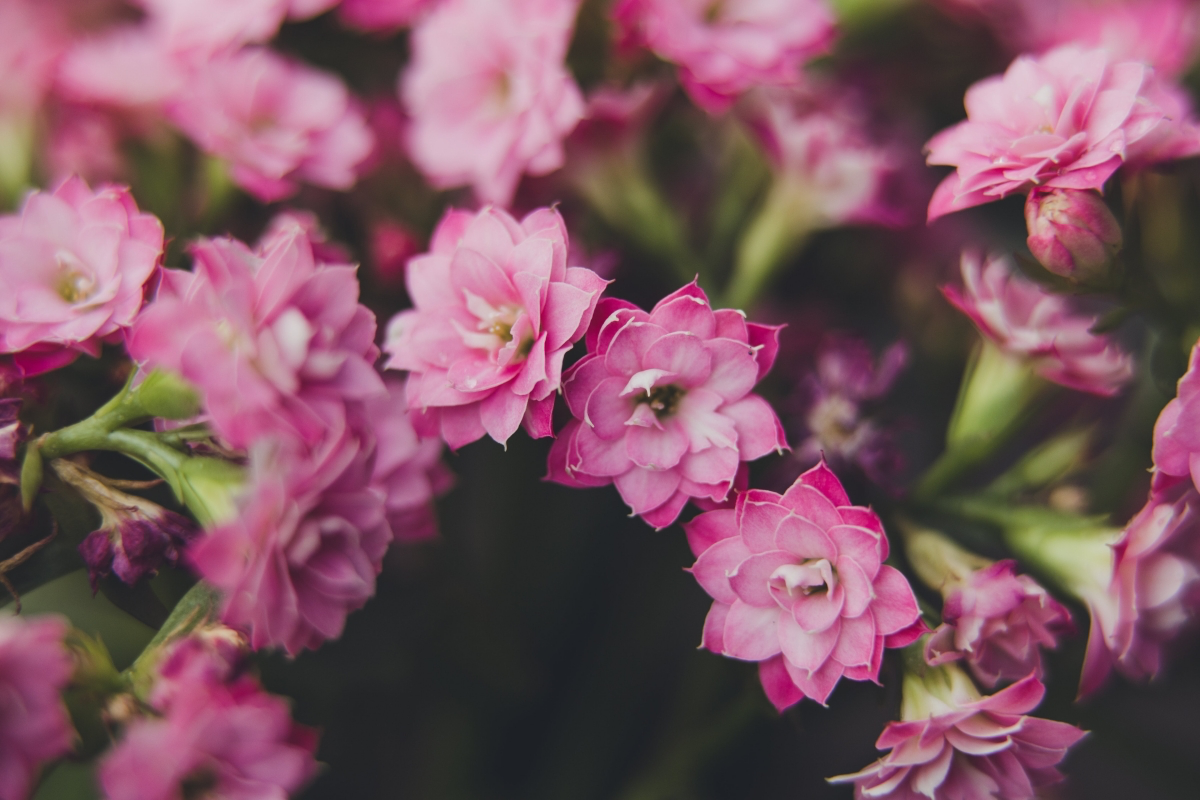
The Secret to Getting More Flowers
Ever wonder why your Kalanchoe was a floral masterpiece from the store but has been a plain green plant ever since? The answer is light. Or more accurately, the lack of it. Kalanchoes are what we call ‘short-day’ plants. They need long, uninterrupted nights to get the signal to produce flower buds. In nature, this happens as the seasons change. In a greenhouse, we fake it. And the good news is, you can do the same thing at home. I’ll show you exactly how in a bit.
The Foundation: Get This Right and You’re Golden
Nailing the soil, light, and water solves 90% of all Kalanchoe problems. Seriously. Think of this as the foundation of the house. Get it right, and everything else is easy.
The Perfect Soil (It’s All About Drainage)
Kalanchoes despise having ‘wet feet.’ Their roots need to breathe, and soggy soil leads straight to root rot. That standard, all-purpose potting soil you get in the big bags is usually way too dense and holds on to water for far too long.
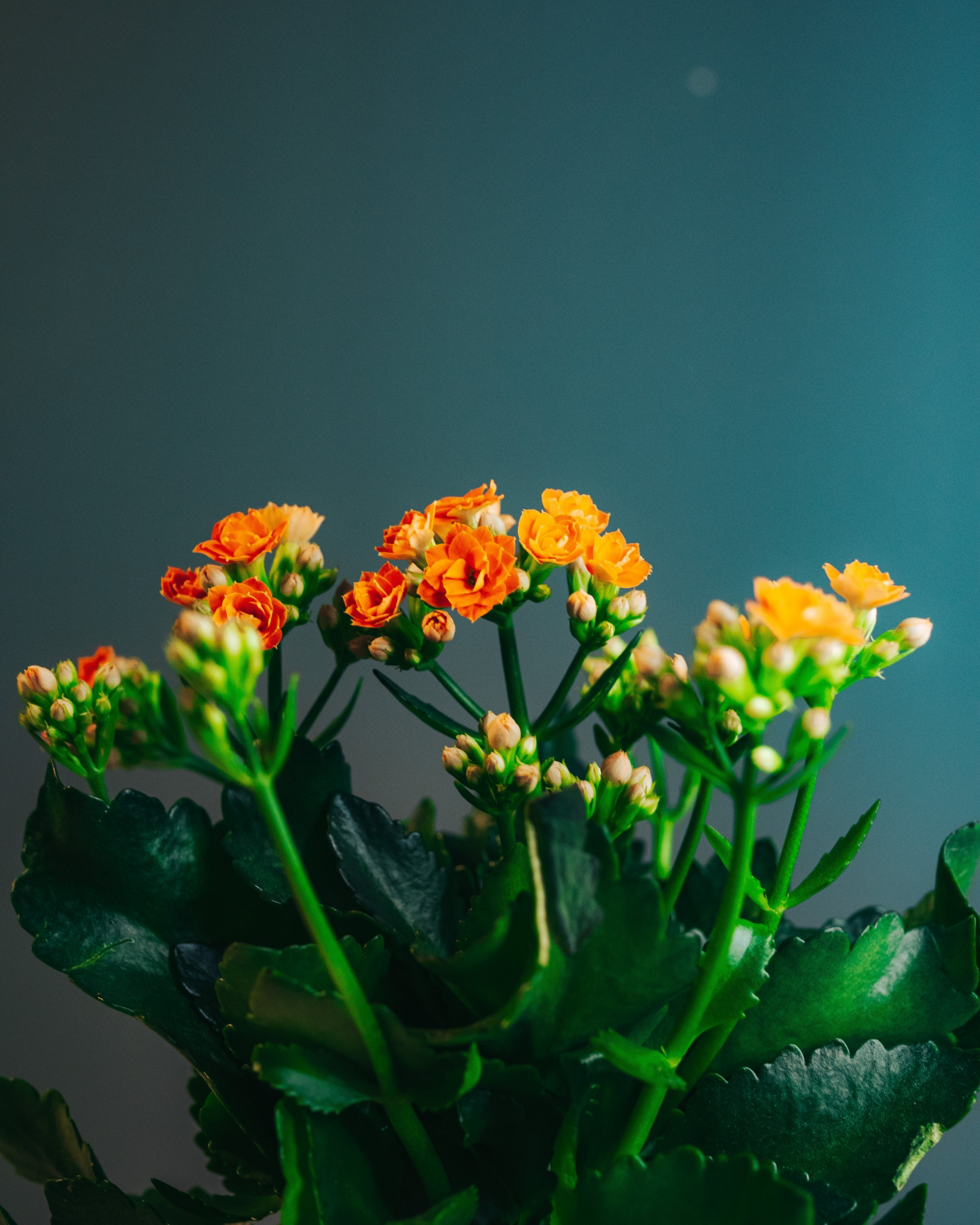
Sure, you can buy a pre-made cactus and succulent mix for about $7 a bag, and it’ll work fine. But for the best results, I always mix my own. It gives you perfect control and is cheaper in the long run.
Here’s my foolproof recipe:
- 2 parts standard potting soil: This is your base for nutrients.
- 1 part perlite: Those little white, styrofoam-like balls. They’re non-negotiable for creating air pockets.
- 1 part coarse sand or pumice: This adds weight and helps water drain right through. Make sure it’s horticultural sand, not fine playground sand.
By the way, when I say a “part,” it’s just a ratio. Your “part” could be a coffee mug, a yogurt cup, or a small shovel—just use the same one for all the ingredients to keep the 2-1-1 balance. A bag of perlite might cost you $5-$8, but it will last you for ages and countless plants.
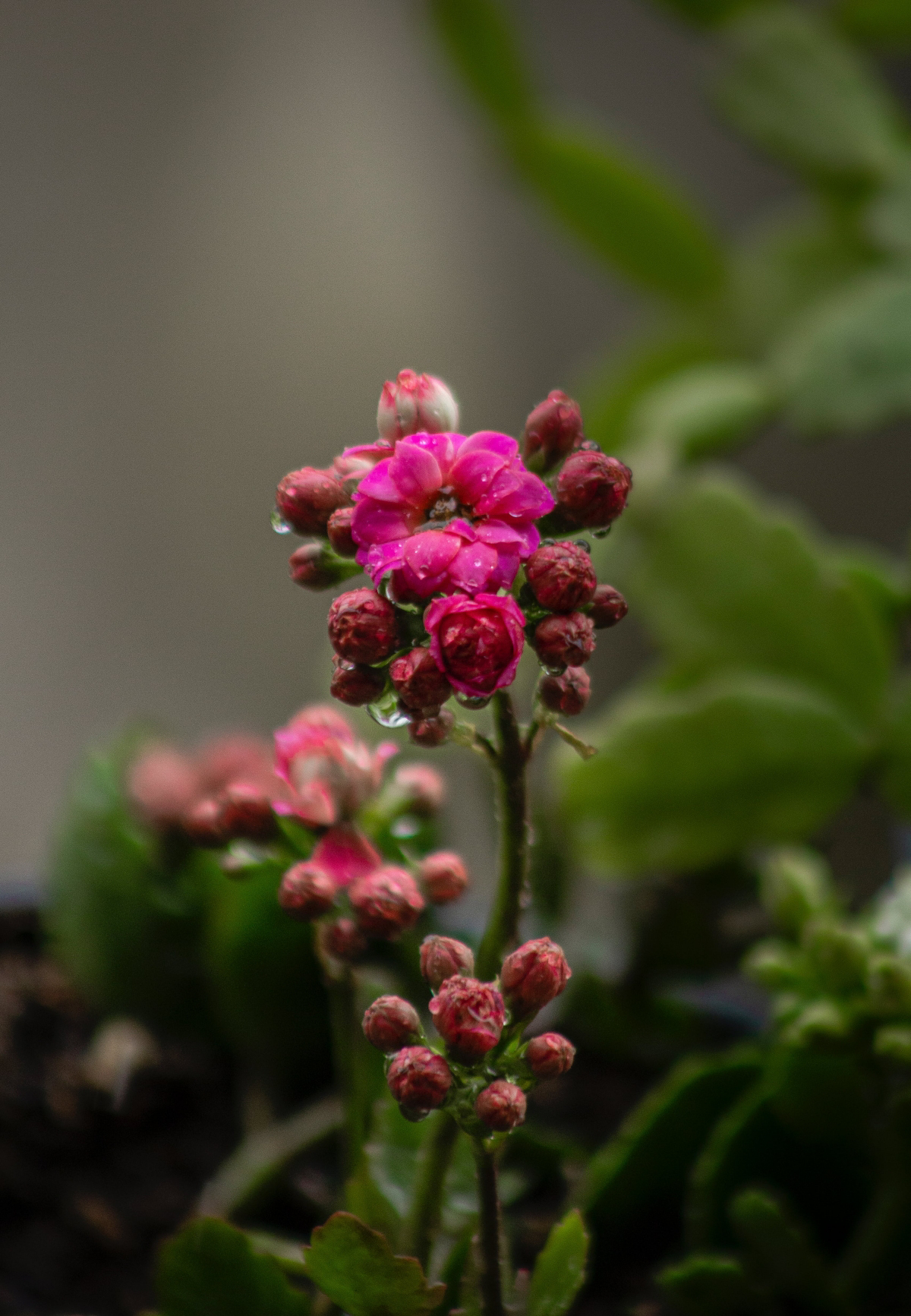
A quick word on pots: Always, always, ALWAYS use a pot with a drainage hole. No exceptions. Terracotta pots are fantastic because they’re porous and help the soil dry out faster.
Finding the Right Light
Kalanchoes need bright, indirect light. Think of a spot that gets lots of light but is shielded from the blistering afternoon sun. An east-facing window is pretty much perfect, giving it gentle morning sun. A west-facing window can work too, but you might need to pull it back a foot or so. If your plant is getting leggy—meaning long, weak stems with big gaps between the leaves—it’s screaming for more light.
Watering: How Not to Kill Your Plant
As we just learned, these plants are designed for drought. The single biggest mistake people make is watering too often. Forget a weekly schedule. Instead, adopt the ‘soak and dry’ method.
- Check First: Stick your finger an inch or two into the soil. If it feels even slightly damp, walk away. Wait until it’s completely dry.
- Soak It: When it’s time, water thoroughly. Pour water over the soil until it streams out of the drainage hole.
- Let It Drain: This is critical. After watering, let the pot sit for 15 minutes, then dump out any water that’s collected in the saucer. Letting it sit in a puddle is a death sentence.
- Let It Dry Out: Now leave it alone until the soil is bone dry again. This could be two weeks, it could be four. It depends on your home’s humidity, the time of year, and the pot size.
Quick Win for Today: Go check your Kalanchoe’s saucer right now. Is there water sitting in it? Dump it out. You just saved your plant from its number one enemy. Boom.
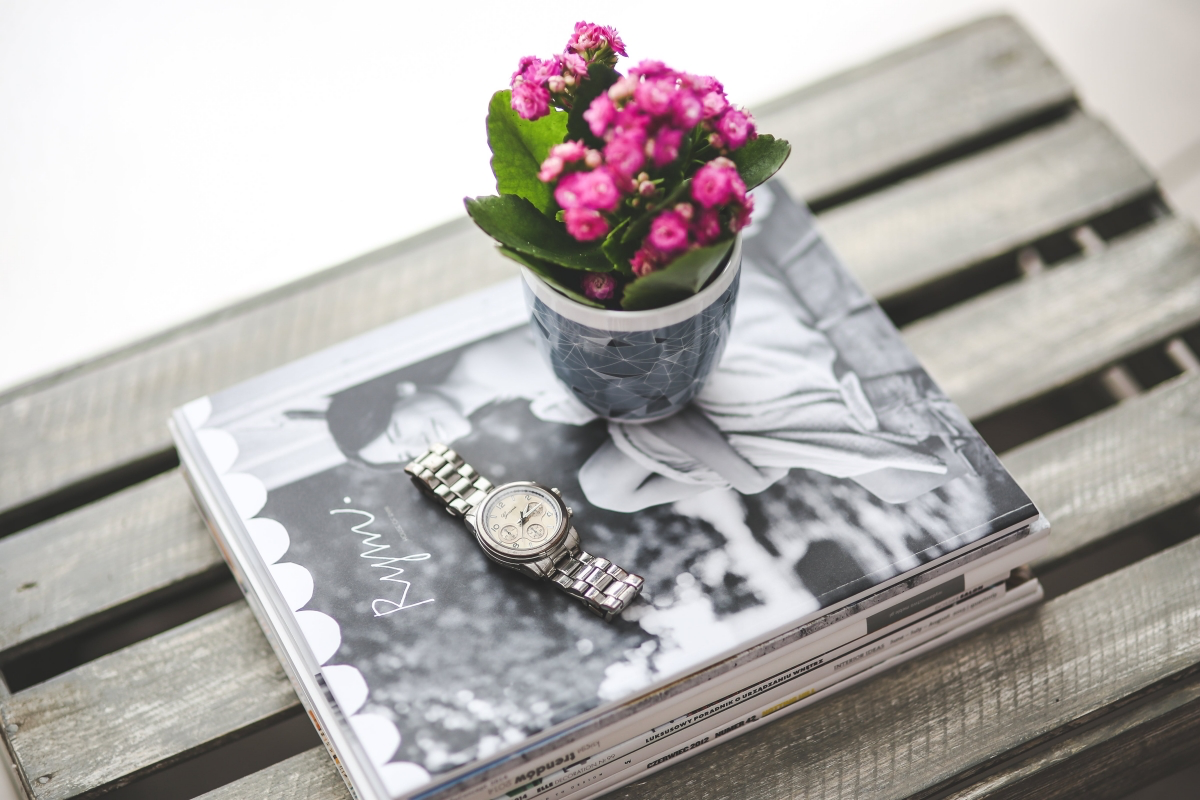
Level Up: Feeding, Repotting, and Pruning
Once you’ve got the basics down, a few extra steps will take your plant from just surviving to truly thriving.
A Little Bit of Food Goes a Long Way
People always forget to ask about fertilizer! Kalanchoes aren’t heavy feeders, but they appreciate a little snack during their growing season. A good rule of thumb is to use a balanced liquid fertilizer (like a 10-10-10), but dilute it to half-strength. Feed it once a month during the spring and summer. When fall and winter roll around, just skip it. The plant is resting then.
When and How to Repot
You’ll probably need to repot your Kalanchoe every couple of years, or when you notice it’s become ‘root-bound’ (roots are circling the pot or coming out the bottom). Choose a new pot that’s only about 1-2 inches wider in diameter. Going too big can lead to the soil staying wet for too long.
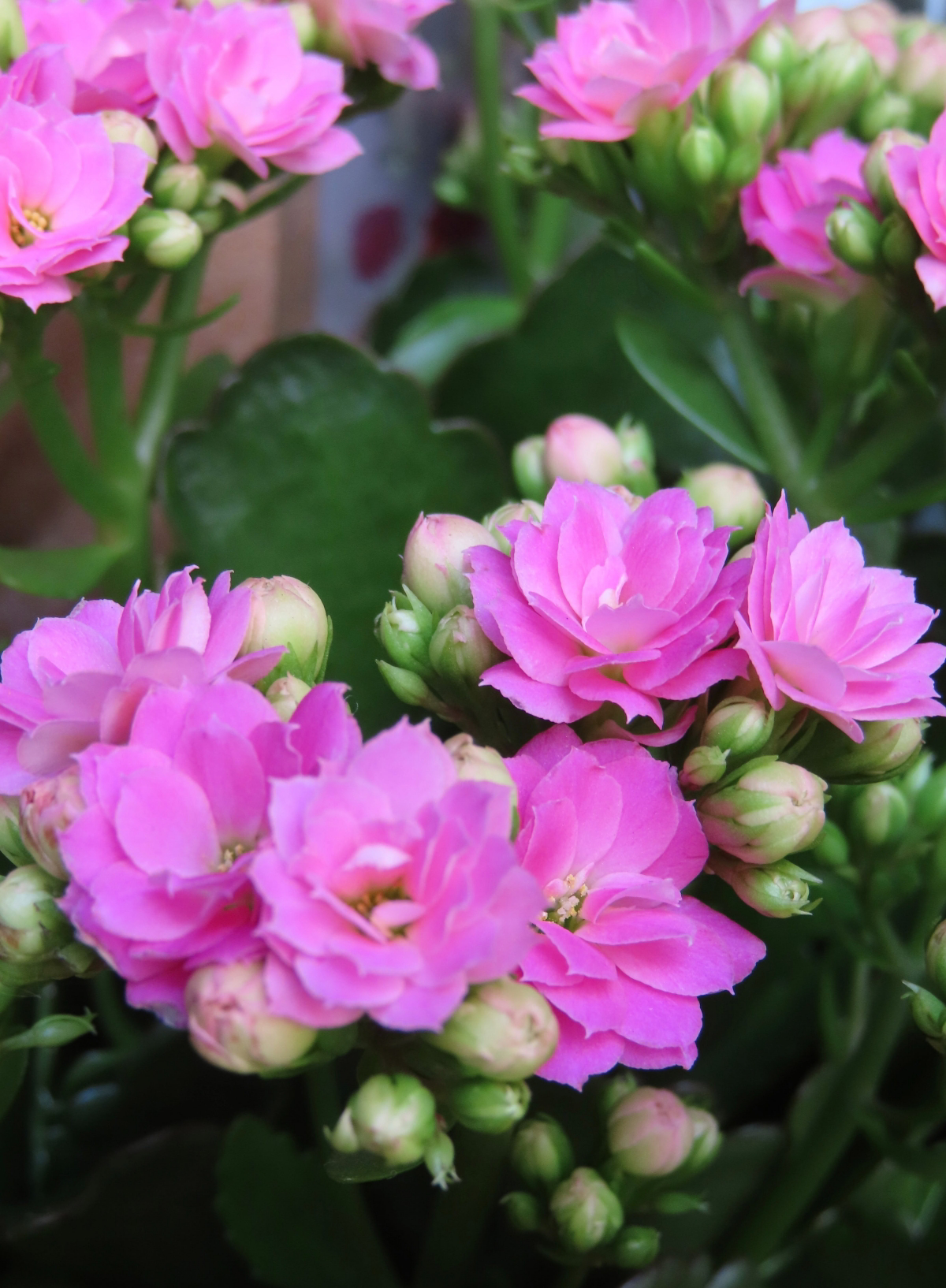
Gently remove the plant, knock off the old, depleted soil from the roots, and place it in the new pot with your fresh, well-draining soil mix. Wait about a week before watering it to let any broken roots heal over.
Pruning for a Fuller, Healthier Plant
Pruning feels scary, but it’s one of the best things you can do. Always use clean, sharp scissors. A quick wipe with rubbing alcohol is a great habit.
- Deadheading: As soon as the flowers look sad and begin to wilt, snip the entire flower stalk off at its base. This tells the plant to stop wasting energy on making seeds and focus on growing more leaves.
- Fixing Legginess: If your plant has gotten stretched out, don’t be afraid to give it a major haircut. I once had a Kalanchoe that looked like a sad green giraffe. I chopped it back by two-thirds and felt like a monster, but two months later it was this gorgeous, bushy thing. Trust the process! Cut the long stems back to just above a set of leaves.
Oh yeah, and don’t throw those cuttings away! We’re about to use them.
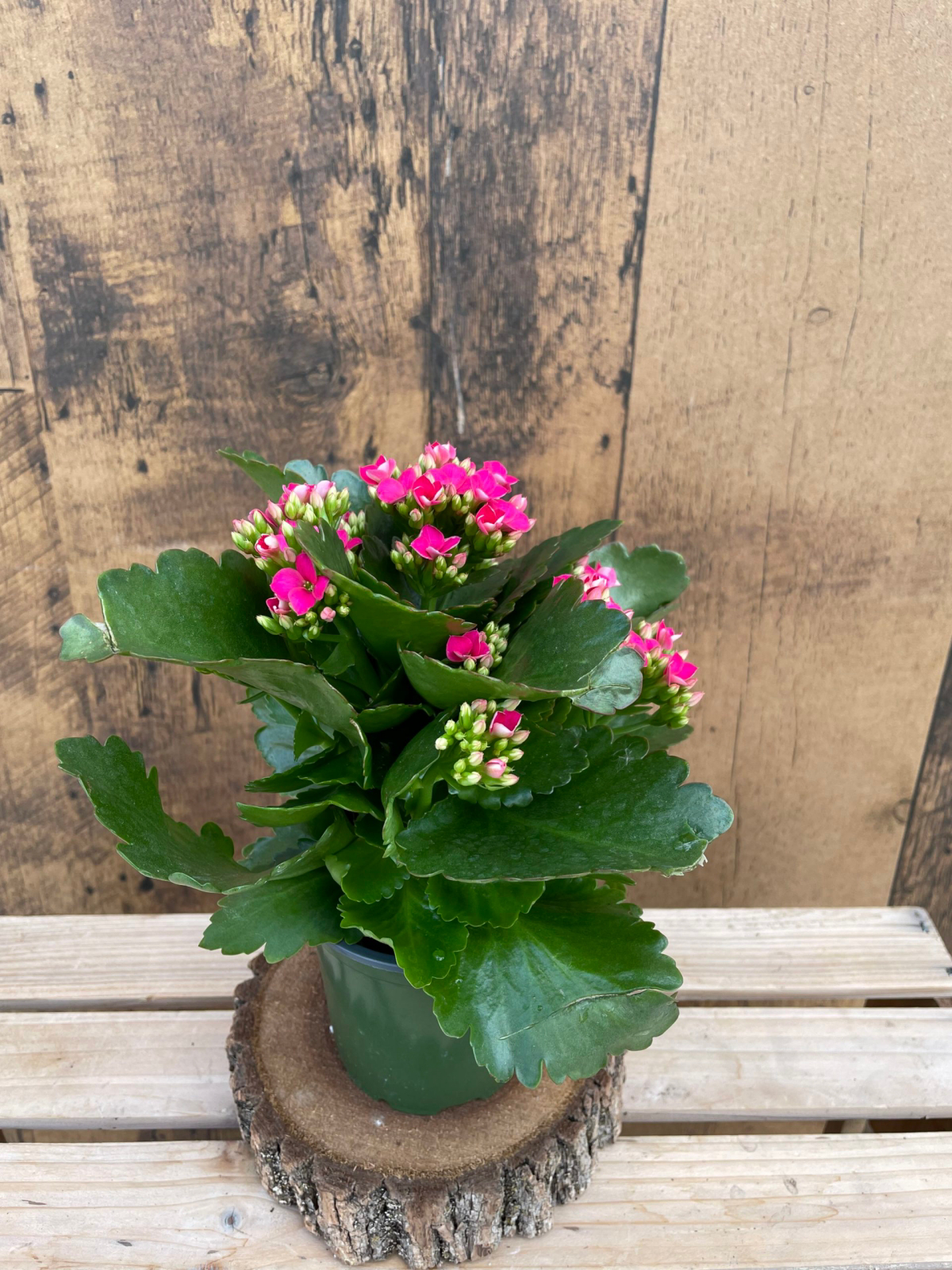
The Fun Stuff: Getting Blooms and Making More Plants
How to Force Your Kalanchoe to Rebloom
This is the trick of the trade. It requires some dedication for about six weeks, but it’s so worth it.
- Start in the Fall: This is the natural time to begin, as the days get shorter.
- The Darkness Treatment: The plant needs 14 hours of complete, uninterrupted darkness every day. A brief flash of light can mess up the whole process. The easiest method is to pop it into a dark closet around 6 p.m. and take it out around 8 a.m.
- No Closet? No Problem. You can also just cover the plant with a cardboard box or a dark, breathable piece of fabric. Just make sure no light gets in.
- Daily Routine: During its 10 hours of ‘daytime,’ give it the usual bright, indirect light.
- Wait for It: Keep this up for about 6 weeks. You should start seeing tiny flower buds forming. Once you see them, you can stop the darkness treatment and go back to normal care. The show is about to begin!

Making New Plants for Free (Propagation)
Remember those stems you pruned? Let’s turn them into new plants. Kalanchoes are ridiculously easy to propagate.
- Take a 3-4 inch cutting from a healthy stem and remove the lowest leaves.
- CRUCIAL STEP: Let it callus. Let the cutting sit out on a counter for 2-3 days. The cut end will dry out and form a scab. This prevents it from rotting in the soil.
- Plant it. Stick the callused end about an inch deep into a small pot of lightly moist, well-draining soil.
- Be patient. Don’t water for the first week. Then, water sparingly. In a few weeks, you’ll see new growth, which means it has rooted!
Troubleshooting: When Things Go Wrong
Even with great care, stuff happens. Here’s a quick guide to the most common issues.
If you see… Yellowing leaves and mushy, soft stems.
It probably means… Overwatering and root rot. You need to act fast. Take the plant out of the pot, trim off any brown, smelly, mushy roots with clean scissors. If there are healthy white roots left, repot it in fresh, completely dry soil and don’t water it for at least a week. If it’s all mush, take cuttings from any healthy upper parts and start over.
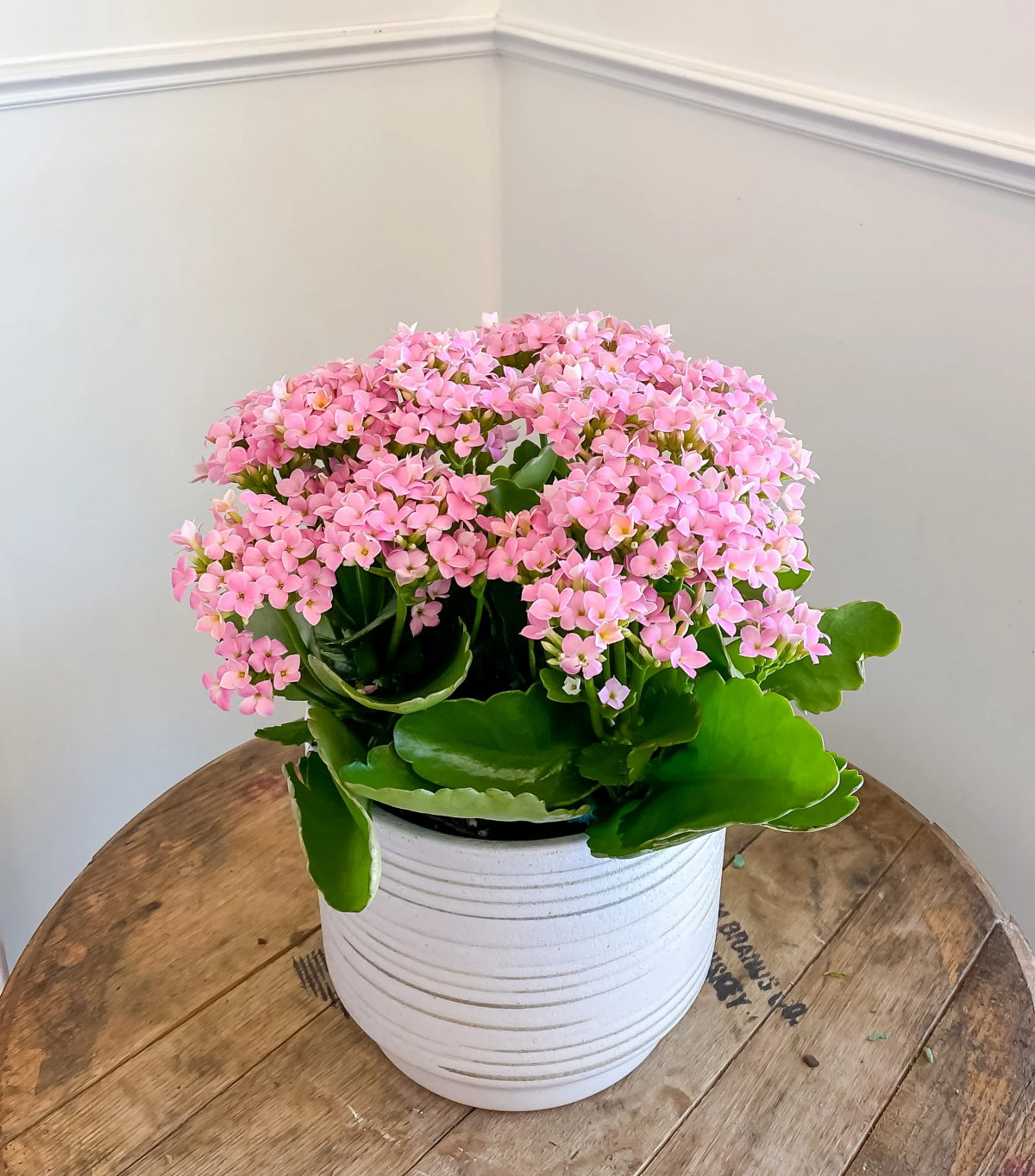
If you see… A white, powdery film on the leaves.
It probably means… Powdery mildew, a fungus that loves still, humid air. Move the plant somewhere with better air circulation. You can try spraying it with a mix of one part milk to nine parts water. It sounds weird, but it often works!
If you see… Tiny white, cotton-like fluff, especially where leaves meet the stem.
It probably means… Mealybugs. These little pests suck the life out of your plant. For a small problem, dip a cotton swab in rubbing alcohol (70% isopropyl) and touch each bug to dissolve it. For a bigger invasion, grab some insecticidal soap from a garden center and spray the whole plant, making sure to get in all the crevices. Repeat every week until they’re gone.
Heads Up! A Critical Warning for Pet Owners
I can’t stress this enough: All parts of the Kalanchoe plant are toxic to cats and dogs if they eat them. The flowers are the most toxic part. Ingesting them can cause anything from an upset stomach to serious heart problems in rare cases.
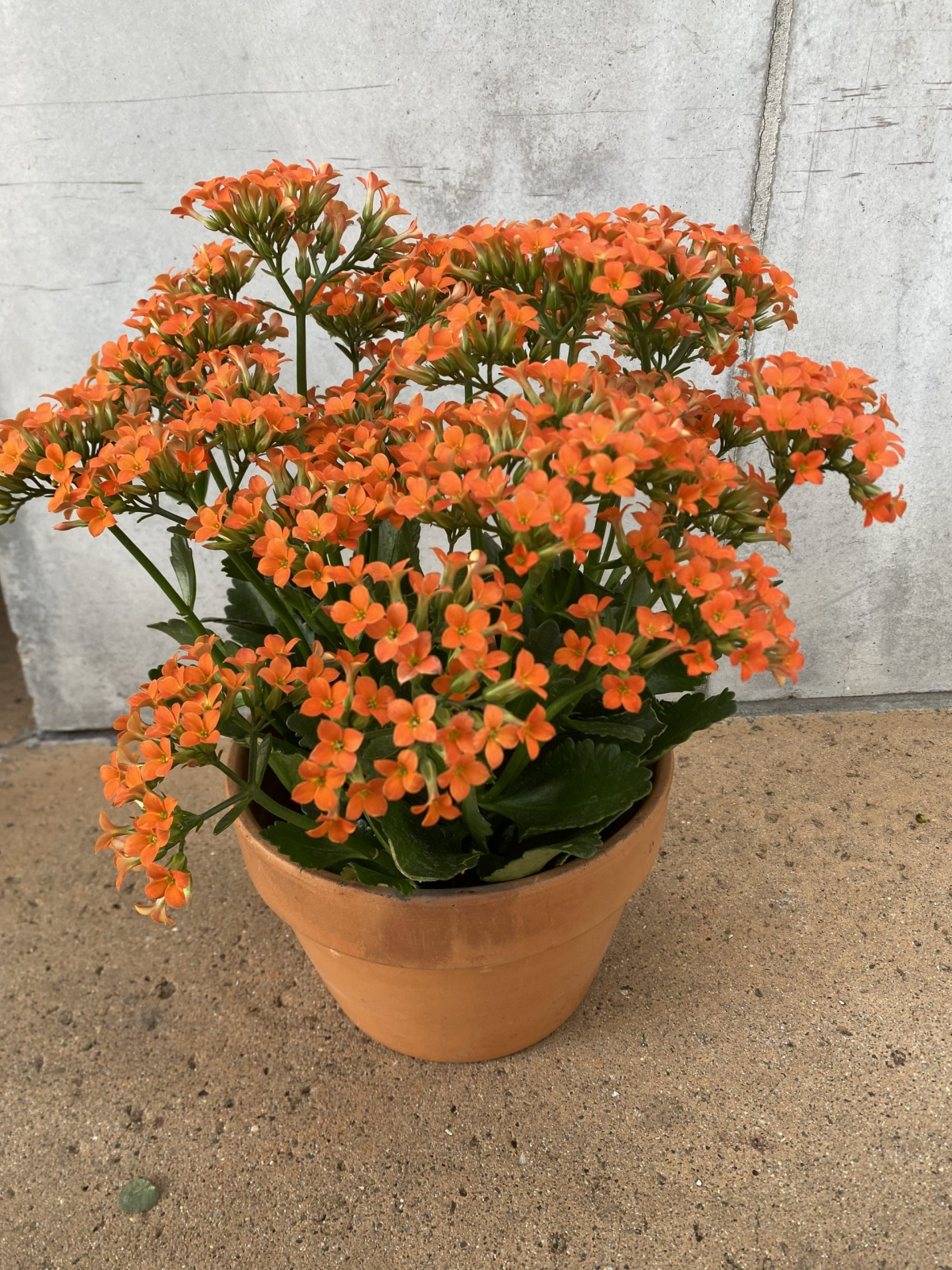
If you have pets that like to chew on things, it is your responsibility to keep this plant somewhere they absolutely cannot reach. Think high shelves, hanging baskets, or a room they’re not allowed in. Your pet’s safety is always more important than a pretty plant. If you suspect your pet has eaten some, call your vet immediately.
A Plant That Deserves a Second Chance
The Kalanchoe is so much more than a disposable decoration. It’s a tough, fascinating plant that rewards your attention with brilliant color. By understanding its simple needs—its hatred of wet feet, its love for light, and its secret dependence on darkness for blooms—you can have a beautiful plant that brings you joy for years and years to come.
Galerie d’inspiration

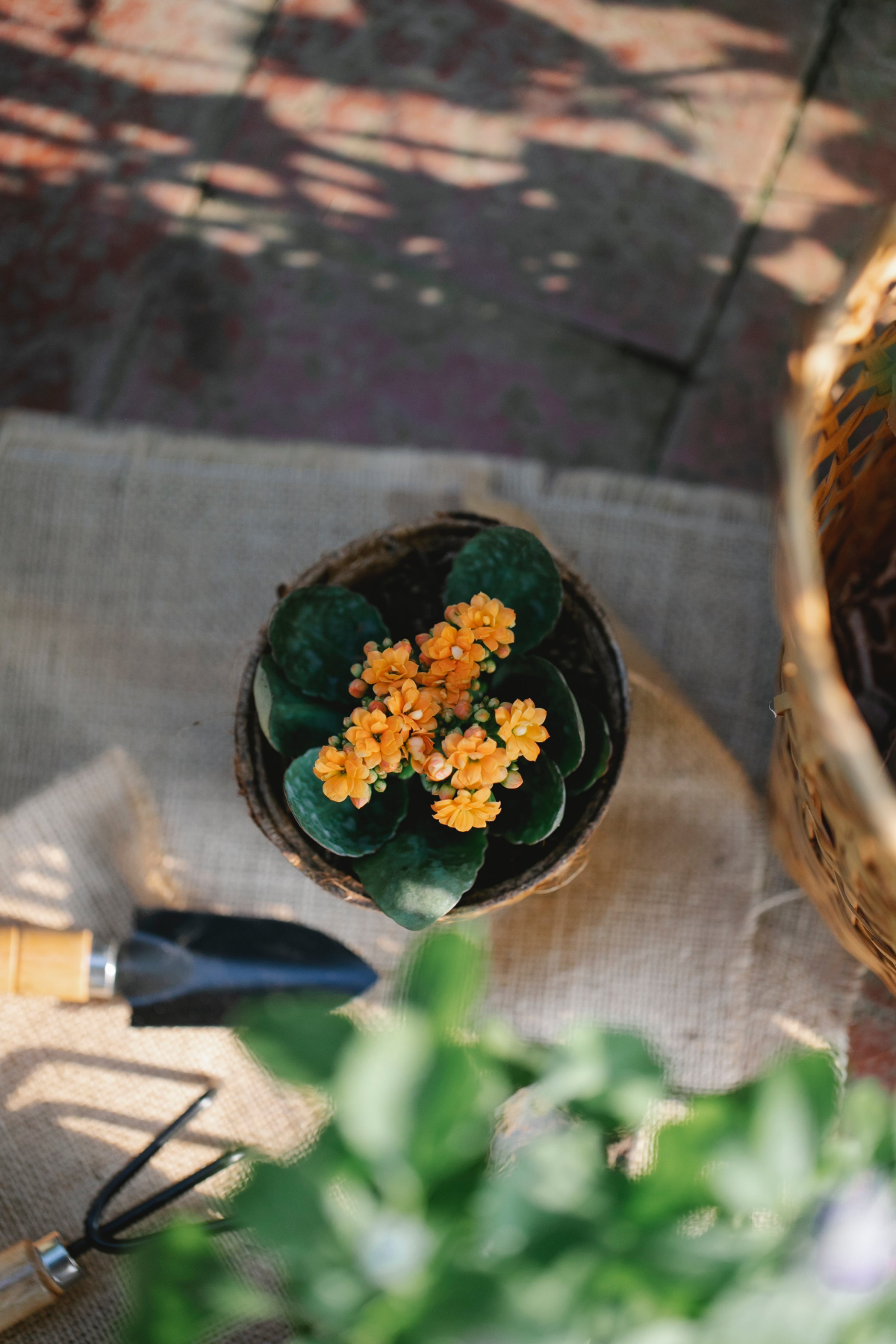
That dense soil your Kalanchoe came in from the supermarket? It’s a root-rot trap. To give your plant a fighting chance, repot it into a mix that breathes. You’re aiming for a substrate that mimics its native arid environment.
- The DIY Route: A simple, effective blend is one part standard potting soil, one part perlite, and one part coarse horticultural sand.
- The Quick Solution: If you’re short on time, grab a bag of specialized succulent and cactus mix. Brands like Espoma or Black Gold offer excellent options that provide the superior drainage Kalanchoe roots absolutely need to thrive.
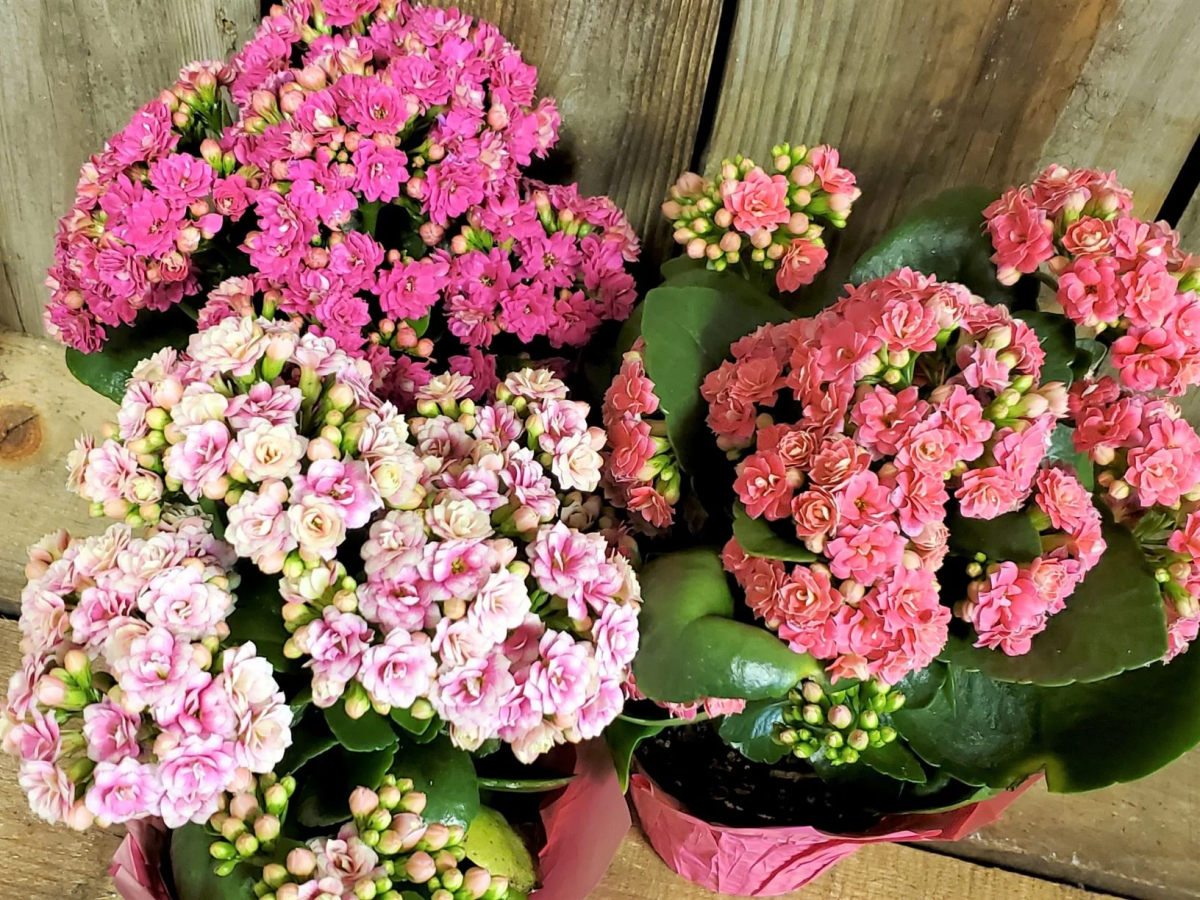
- Create an army of new plants from a single parent.
- Give beautiful, living gifts to friends for free.
- Rescue a leggy or overgrown plant by starting fresh.
The secret? Kalanchoe propagation is almost foolproof. Simply snip a healthy stem cutting (about 3-4 inches), let the cut end callus over for a day or two, and then plant it in a small pot of moist succulent soil. New roots will form in just a few weeks.
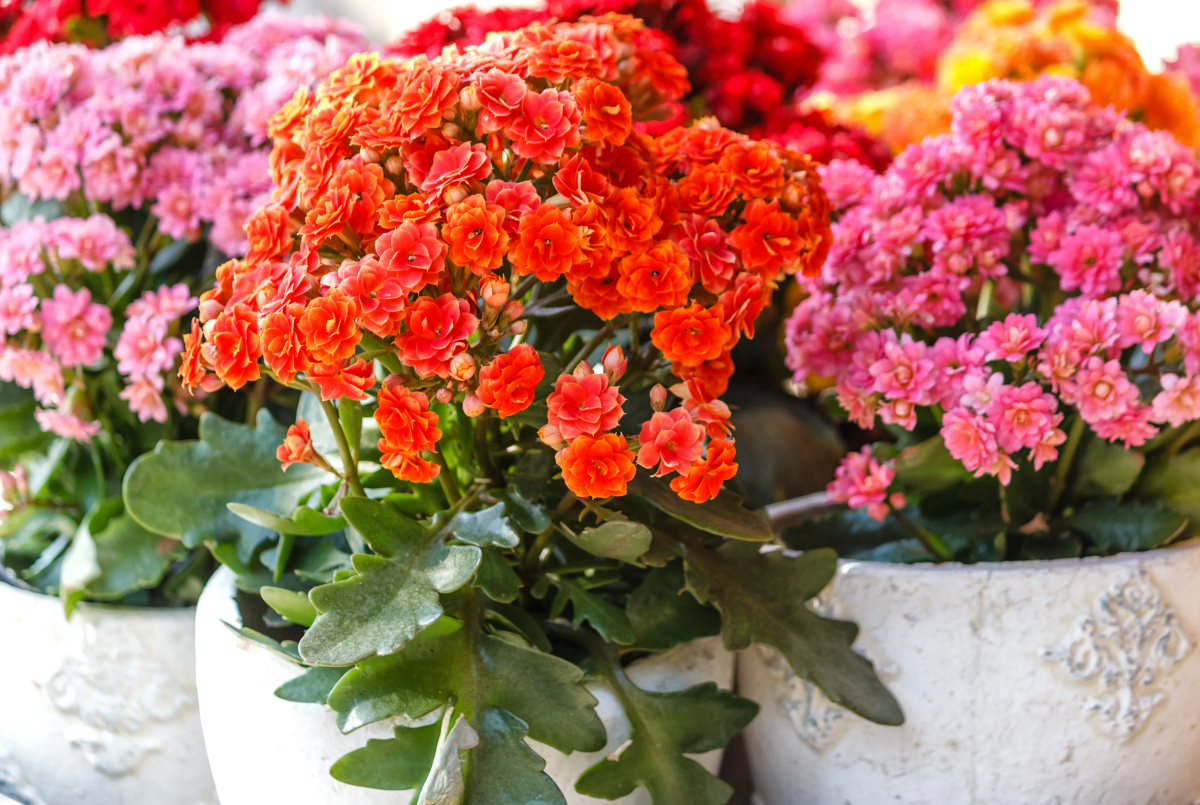
Why does my Kalanchoe only flower once and then stop?
It’s all about light. Kalanchoes are ‘short-day’ plants, meaning they need long periods of darkness to trigger bud formation. Commercial growers manipulate this by keeping them in complete darkness for 14 hours a day for 6 to 8 weeks to force them into bloom for sale. To encourage reblooming at home, you need to replicate this cycle in autumn by placing your plant in a dark closet or under a box from early evening until the next morning.
There are over 125 species in the Kalanchoe genus, but the common gift plant, Kalanchoe blossfeldiana, was popularized by German botanist Robert Blossfeld in the 1930s.
This means the fiery reds, sunny yellows, and hot pinks we see today are the result of nearly a century of hybridization. Look beyond the basics for unique varieties like ‘Calandiva’ with its rose-like double petals, or the whimsical, dangling blooms of Kalanchoe ‘Magic Bells’ for a completely different aesthetic.










